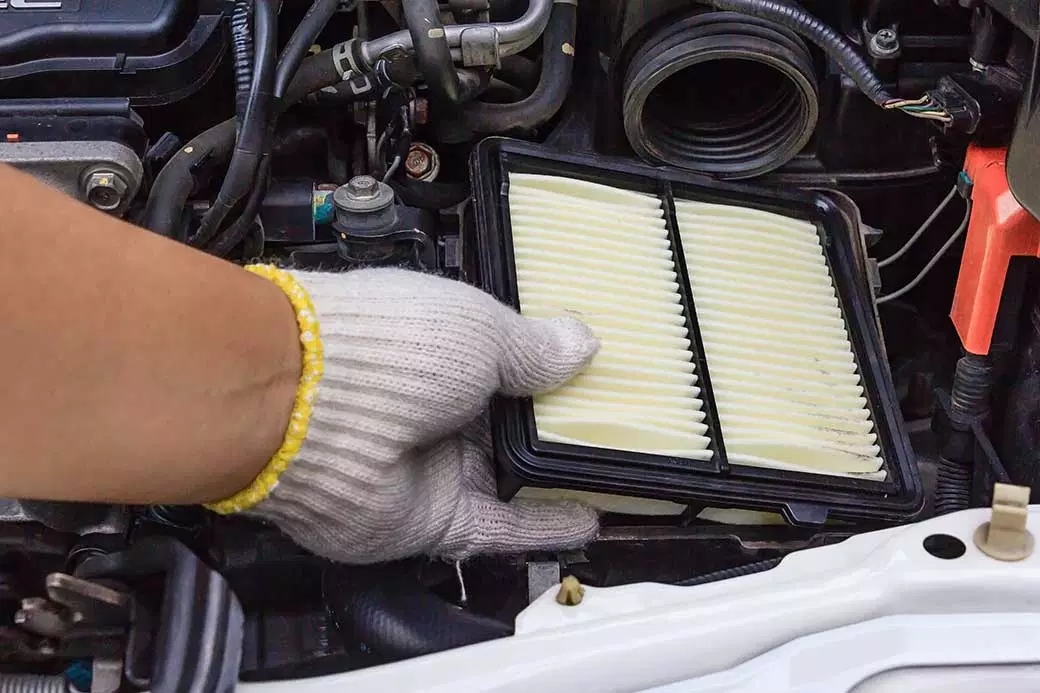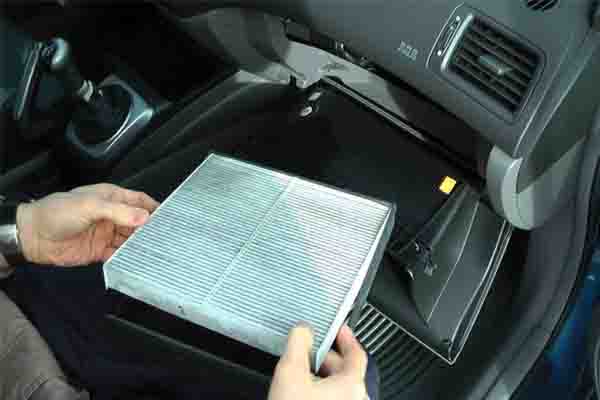air filter

When is it recommended to replace the car air filter
Typically, it’s recommended to change a car’s air filter every 12,000 to 15,000 miles or once a year, whichever comes first. However, if you often drive on dusty or unpaved roads, you may need to change it more frequently. It’s also a good idea to double-check your car’s owner manual for the manufacturer’s recommended replacement schedule.
How to change the air filter
- Open the hood of your car and locate the air filter housing. It’s usually a black plastic box with a large hose leading to the engine.
- Unscrew the clips or screws that hold the housing in place. Most cars have four clips, but the location and number may vary depending on your car’s make and model.
- Lift the housing cover off and remove the old air filter. Take note of the direction of the old filter, if it’s a paper filter, so you know how to position the new one.
- Take the new filter out of its packaging and compare it to the old one to make sure it matches in size and shape.
- Place the new filter into the housing, making sure it’s seated properly. Make sure that any tabs or holding frames are aligned with the housing.
- Replace the housing cover and secure it in place with the clips or screws you removed earlier.
- Close the hood of your car.
That’s it! You should now have a clean air filter installed in your car, which will help improve your car’s air quality, performance, and gas mileage














